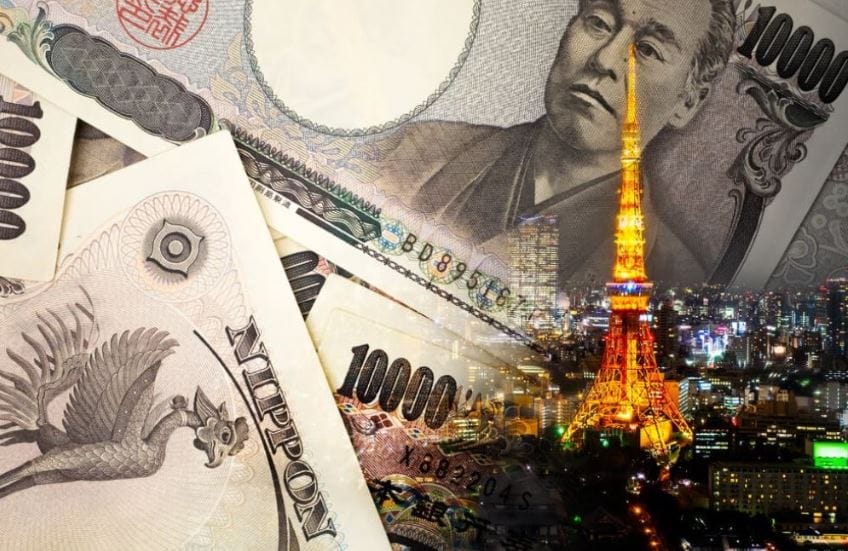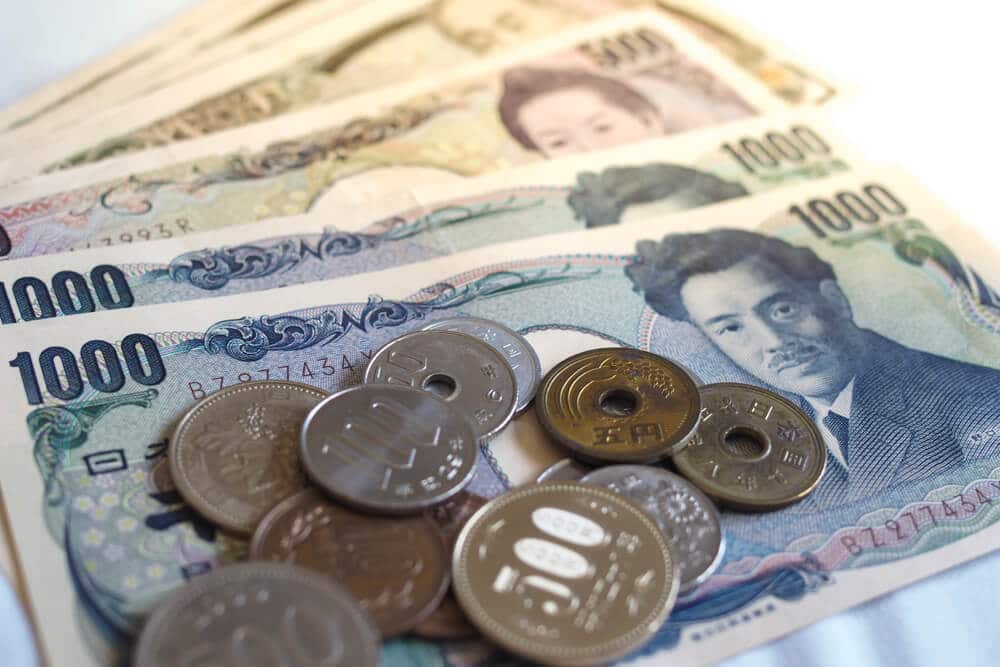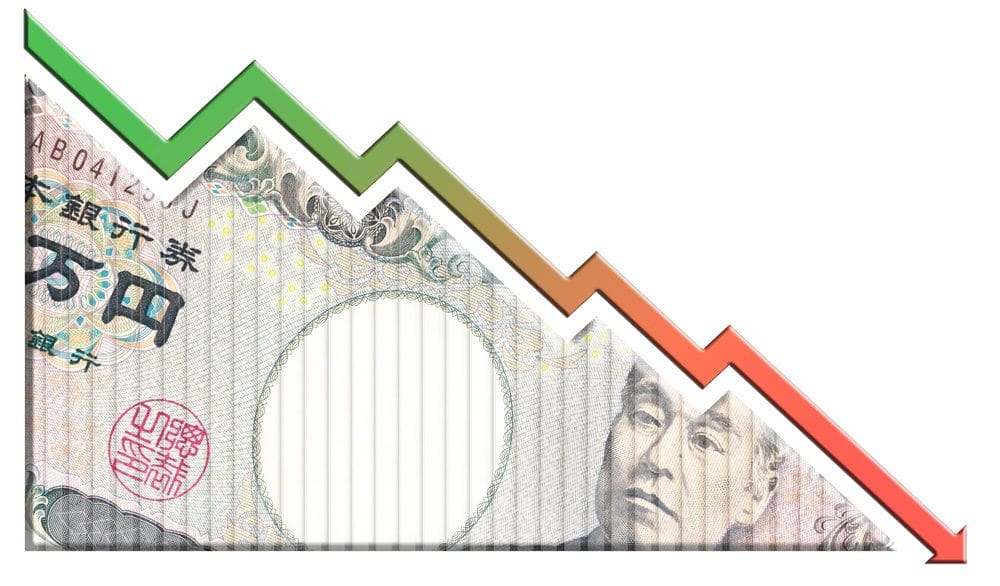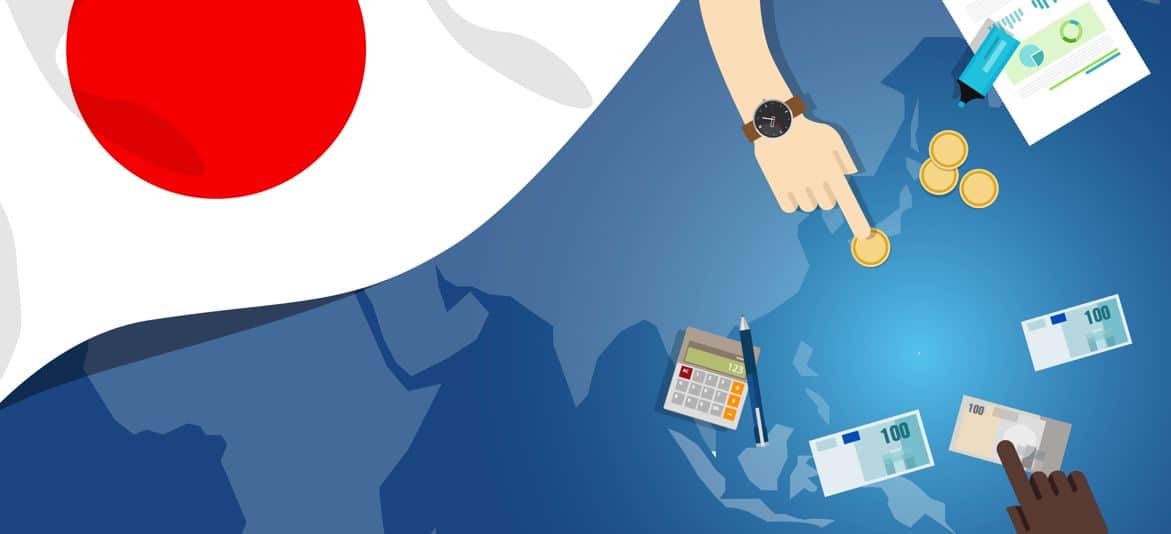As of the 10th of October in 1882, the Bank of Japan began its role as the nation’s central bank after having been created in accordance with the Bank of Japan Act. On May 1, 1942, in accordance with the Bank of Japan Act, the Bank was given a new organizational structure. The Act of 1942 was a significant reflection of the wartime environment.
After the end of World War II, the Act of 1942 went through a number of revisions. These revisions included the creation of the Policy Board as the Bank’s top decision-making body in June 1949. This was one of the amendments. The Act of 1942 underwent a comprehensive rewrite in June 1997, with the ideas of “independence” and “transparency” serving as the guiding concepts. On April 1, 1998, the updated statute was officially put into force.
Historical Events That Created the BOJ
The Bank of Japan has played a major role in serving Japan throughout history since it was established. Let’s look at some of its major milestones over the years which led to the creation of this central bank that we know today. They are as follows:
Monetary System in Japan in the 1850s
The banking industry in Japan has a long and rich history. Japan was an agrarian nation that produced commodity crops spread throughout all of its lands during the Edo Era (1603-1867), and during this time period, a sophisticated market economy of sorts formed in Japan. The koku, which is a unit of rice, was the basis for the imposition of taxes. The feudal lords sent their rice to Osaka so that they could sell it to merchants there in exchange for money that they could use to pay for their day-to-day needs. Due to the seasonal nature of rice cultivation, feudal lords were obliged to rely on commercial credits provided by wealthy merchants during the off-seasons of the rice harvest. Bills of exchange based on sold rice and claims on future rice tax to be collected by feudal lords were seen as excellent forms of collateral by merchants. These forms of collateral were used to secure loans.
Osaka served as the distribution center for goods coming from all across the country, including Edo and other major centers of consumption. Some merchants started engaged in various kinds of financial transactions as a result of the growth of commercial activity in rural areas and the division of labor over the entirety of the country. Even though Japan did not have a formal banking system, moneychangers and other merchants formed inter-regional networks and participated in a variety of banking activities including deposit-taking, lending, bills of exchange, and the issuance of paper money. These activities were carried out in spite of the absence of a formal banking system. Moneychangers were responsible for providing the society with liquidity and managing risks in a manner not dissimilar to that of current bankers.
The Great Depression 1930s
After successfully navigating the series of financial crises that had plagued the country over the previous decade, Japan resumed using the gold standard in January of 1930. After that, Japan experienced a devastating recession and widespread deflation just as the Great Depression was taking root in the rest of the world. For just less than two years, Japan maintained its peg to the gold standard. At the end of 1931, the senior Finance Minister Korekiyo Takahashi oversaw a fundamental shift in the country’s adjustment in its macroeconomic strategy. This transition occurred in response to the Great Depression. In December of 1931, Takahashi abandoned the gold standard and launched a radical macroeconomic policy package that included currency devaluation, fiscal stimulus, and monetary relaxation.
The Japanese economy began to recover first, followed by those in the United States and Europe. During Takahashi’s stint as Prime Minister of Japan (1932–1936), the country’s economy expanded at a pace of six percent annually, but inflation was kept at manageable levels. By underwriting government bonds, selling them to financial institutions, and maintaining historically low-interest rates, the Bank of Japan (BOJ) helped maintain the value of government debt. In exchange, the BOJ was granted the authority to conduct open market operations, which included the ability to sell government assets without first obtaining clearance from the MOF for each individual transaction. The Bank of England sought to do so because it had lost some of its capacity to manage the financial markets as a result of increasing entrenched lending to private banks and wanted to regain that ability.
Role of the Bank of Japan
Most of us actually don’t realize how big of a role these financial institutions play in the world. They are responsible for the economic conditions of their respective countries and the people depend on them to not cause the country to go into default or economic recession. Similarly, the Bank of Japan also plays a major role in the current economic situation in the country. This is because of the following reasons:
Regulatory Reforms
Following the devastating effects of the global financial crisis in 2008, the United States government passed additional regulatory changes in 2012 as part of the Financial Services Act. As a result of taking these actions, the financial institution established a new division of the bank called the Prudential Regulation Authority as well as an independent body named the Financial Policy Committee, which was modeled after the MPC. In addition to this, the bank started to exercise supervision over suppliers of financial market technology such as central securities depositories and payment systems. If it weren’t for these regulatory reforms which are consistently being updated, the JAPAN’s economy would still be following the third-world ways of handling money through cash only.
Monetary Policies
The Bank of Japan consistently releases monetary policies in accordance with the current financial situation in the country. The Monetary Policy Committee (MPC), which consists of nine members, is responsible for determining the policy regarding interest rates. The Governor of the Bank of Japan maintains control over the Monetary Policy Committee (MPC), which is a position held by a member of the public who is also employed by the Bank of Japan in a professional capacity. In addition to the Bank of Japan’s top economist, the committee is comprised of the three deputy governors responsible for monetary policy, financial stability, and markets and policy respectively.
The Chancellor of the Exchequer is an important figure who is comparable to the Secretary of the Treasury in the United States and is the one who makes the appointments for the remaining four members of the committee. The Monetary Policy Committee gets together on a regular basis (eight times a year) to discuss whether or not the monetary policy should be altered in order to fulfill the inflation target set by the government. Every person on the committee has one vote, and reaching a decision that everyone agrees on is not necessary. The Bank of Japan is responsible for adjusting the bank rate which is also often known as the rate that is charged to domestic banks.
Economical Information
One of the best places to get information about the economic situation of any given country is from the central bank controlling the economic decisions of the country. This is because they are the ones making these decisions so you can only get the most accurate information from them. We really recommend you avoid getting this information from magazines and other non-financial sites as they usually twist the words to exaggerate them for views and ratings. They are not a reliable source of information. Almost all central banks have a press release section where they release this information and it would be best to check this section regularly in order to be up to date on the economic situation of the country. If your central bank does not give out this information on their website it would be best to reach out to them to see where would be the best place to receive it instead.
Inflation Control
Inflation is a major crisis that takes over several countries like a disease. It is just like the COVID-19 virus as it doesn’t stop in just one country, it takes over several countries altogether. As always like in the past, whenever inflation took over a single country, most of the countries in the vicinity were impacted as well. This is because inflation occurs due to a major economic crisis. This type of crisis usually impacts more than one country simply because it has no choice. Trade routes are impacted and international flights become at a stand-still. A rate of inflation that is both low and stable is necessary for an economy to be considered healthy.
The annual percentage increase in general prices that should be allowed in the JAPAN is predetermined by the government as the maximum allowable increase. The Bank of Japan is responsible for ensuring that inflation remains within the desired range. It would be beneficial to have a little bit of inflation. However, rates of inflation that are both high and erratic can be destructive. When prices are difficult to foresee, it is difficult for individuals to plan how much money they can spend, save, or invest in the future. In the worst-case scenario, severe and fluctuating inflation can bring about the collapse of an economy.
How the BOJ Impacts the Yen Market
Any major releases, statements, or updates from the Bank of Japan bank will have a big impact on the Yen markets. And this has actually been seen happen on several occasions. Almost every time the BOJ releases something important, it either causes the JPY markets to crash or skyrocket. Here are some of the most important things to look out for from the Bank of Japan:
Member Speeches
The Bank of Japan delivers speeches at least twice a week. This is to inform the public about the present state of the financial system and how the BOJ intends to participate in the discussion. Although each speech might be significant since you never know what will be disclosed, the president, chairman, and governors’ remarks are more essential than the others. It should be observed, however, that these powerful people rarely divulge any significant financial data that may help us navigate the financial world. They want to remain neutral unless it is in the best interests of the country not to. These member remarks are critical in deciding the Yen’s market movement. If a BOJ member speech is on your economic calendar, you should play your cards carefully.
Interest Rate Decisions
The Bank of Japan’s interest rates is updated on a regular basis. This is especially true if the country is experiencing a severe economic crisis. You should be aware that every bank works hard to maintain interest rates as low as possible. This is done to keep the economy from entering a slump. However, there are times when the bank is forced to raise its interest rates. This is especially true when the country is experiencing severe inflation.
In such a scenario, the bank has little alternative but to raise interest rates in order to contain inflation. When the Bank of Japan announces its interest rate decision, the Yen markets become quite turbulent. This is in anticipation of the next ruling. However, once a choice is made, the market may be quite volatile. If the interest rate decision was favorable, the Yen might enter bullish markets. If it was negative, the Yen may enter bearish markets.
Statistical Releases
Aside from its regular releases of comments and monetary decisions, the Bank of Japan also publishes statistical data on occasion. This is really helpful in keeping a trustworthy connection with its stakeholders, in my opinion. Without the statistical evidence, we would have to accept what they say in their speeches, as well as their reasons for altering their monetary policies. This statistical data truly puts money where their mouth is, allowing us to understand why each event arose and what the Bank of Japan did to influence the situation. If the BOJ’s statistics data shows a good scenario, the JPY markets will most likely be bullish and in bullish markets. However, if no press release is available. The markets will correct themselves based on their weight.
Check how the top central banks in the world are dominating the forex market.
Don’t trade all the time. Trade only at the best trade set up with Forex GDP. Expert analysts will interpret the chart patterns for you and only provide you with profitable positions. Don’t make the top forex trader mistakes like playing with emotions and not using proper risk management. Let the experts handle it for you with forex signals.





